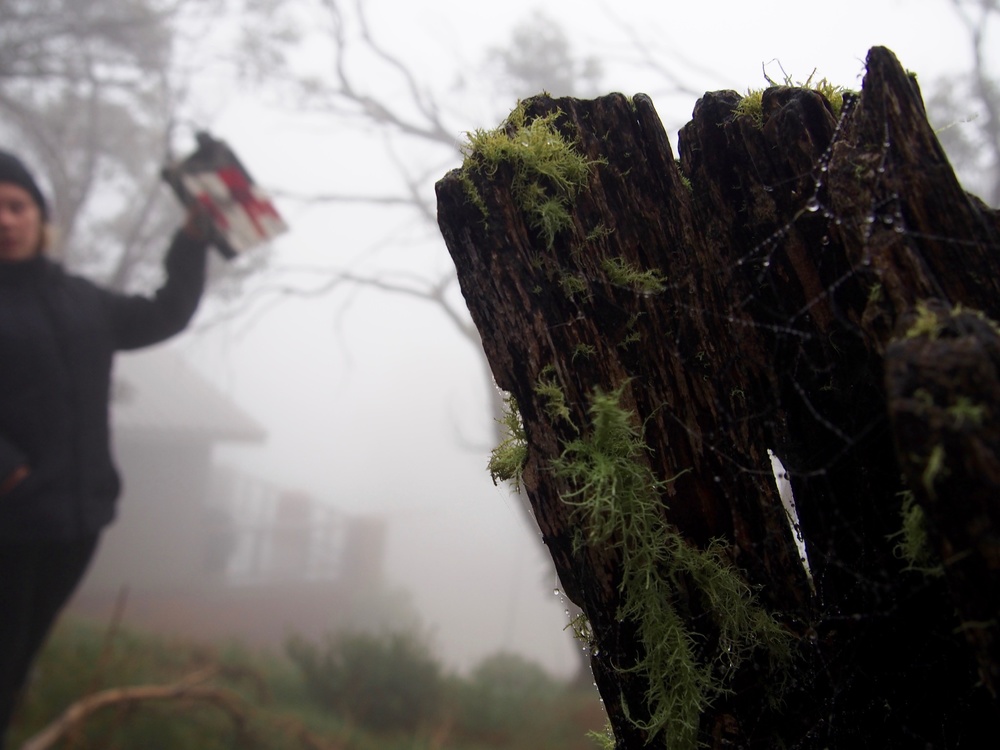Late last year I directed a short film that was shot over several days in the Victorian Alps. Since being a part of nature is one of the key themes of the film, we took the potential environmental impact of our shoot seriously. The huge international film and TV industry is not known for its environmental consciousness on the whole, but there are exceptions. The team behind the environmental disaster film The Day After Tomorrow planted enough trees to cover their carbon emissions to ensure that their production was not undercutting the film’s message. If you’re planning a shoot in Victoria, there are plenty of ways you can make sure your film leaves no footprint on its setting.
The first thing we made sure to do was keep our crew minimal. With two cast members, director, cinematographer, producer, sound, lighting and an assistant, we could still fit ourselves and our gear comfortably into two cars. This meant less mouths to feed, less people to transport and less energy used to cook in, heat, and light our accommodation.
Since our fairly remote locations around Mt Buller weren’t accessible by public transport, we used two cars to transport the cast and crew to and from the accommodation and the locations. One car would almost certainly have been needed anyway to transport the equipment – hauling it onto a train wouldn’t have been an option – so it made sense to make the most of the space we had.
We were fortunate to have access to a house in which we could both shoot the interior scenes and accommodate the whole crew. Everyone opted to be vegetarian for the week, saving both money and emissions from transport and farming. Our menus were planned well in advance and our food sourced from local suppliers in Melbourne before we made the four-hour trip to the mountains.
Recycling our waste was a big part of the effort. Scripts, call sheets and other notes were all printed or written on recycled paper, which were recycled again after the shoot. Even the toilet paper we brought to the accommodation was recycled! We minimised our food waste and recycled all packaging.

Our exterior locations were on the summit of Mt Buller and beside the Delatite River, so having a ‘leave no trace’ policy on set was essential, ensuring that we left nothing behind. We only set out into these locations at times of day when we were unlikely to disturb wildlife with noise and movement. As some of our locations contained the habitat of the endangered mountain pygmy-possum and our motive was primarily to gain experience in our industry, we also opted to donate any profits the film may make to Zoos Victoria’s Mountain Pygmy-possum Recovery Program. Now we can only hope that the film does make some money for the program!
It was always a priority for us to eventually offset the shoot’s carbon emissions. Using an online carbon calculator we were able to estimate the emissions caused by our transport, accommodation and eating habits, which came to less than one tonne. This was not only easy but cheap to offset with our chosen non-profit, which protects vital areas of forest around the world. Next time we will probably choose to offset with a more locally focused group.

Every step to reduce this film’s impact was simple and met with no resistance; in each case it seemed like the obvious thing to do. How many films have awed us with the beauty of their natural settings? Titanic mountain ranges, wide-open skies, dark magical forests – these places inspire us and we want to share them with the world. If, in doing so, we contribute to their destruction, then haven’t we undermined our purpose? It’s our responsibility to leave no trace on these places that feed our creativity and, where possible, to make a positive impact on their futures.
For more information on the short film Gaest, visit their Facebook page.
Banner image courtesy of Meegan May.


Leave a Reply